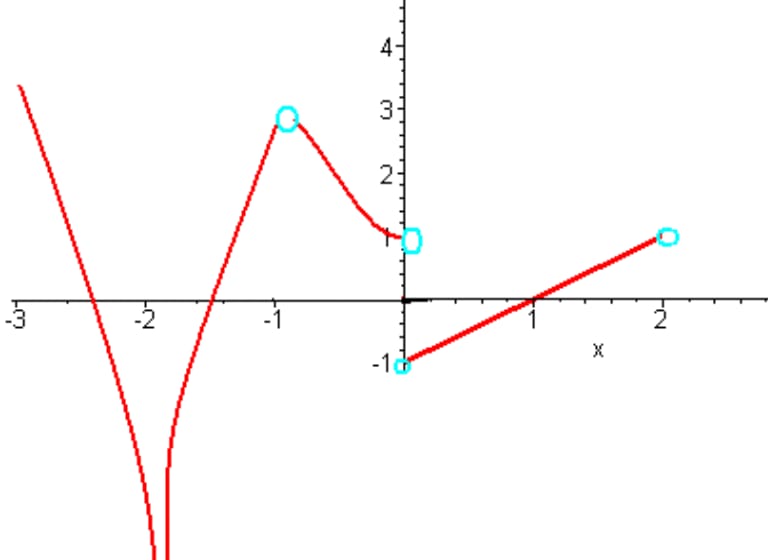
Week 6: Limits and Continuity. The derivatives
Let be a function defined at all values in an open interval containing
, with the possible exception of
itself, and let
be a real number. If all values of the function
approach the real number
as the values of
approach the number
, then we say that the limit of
as
approaches
is
. (More succinct, as
gets closer to
,
gets closer and stays close to
.) Symbolically, we express this idea as
.
A function f(x)f(x) is said to be continuous at x=ax=a if
limx→af(x)=f(a)limx→af(x)=f(a)
A function is said to be continuous on the interval [a,b][a,b] if it is continuous at each point in the interval.
The difference between the continuous and differentiable function is that the continuous function is a function, in which the curve obtained is a single unbroken curve. It means that the curve is not discontinuous. Whereas, the function is said to be differentiable if the function has a derivative.


